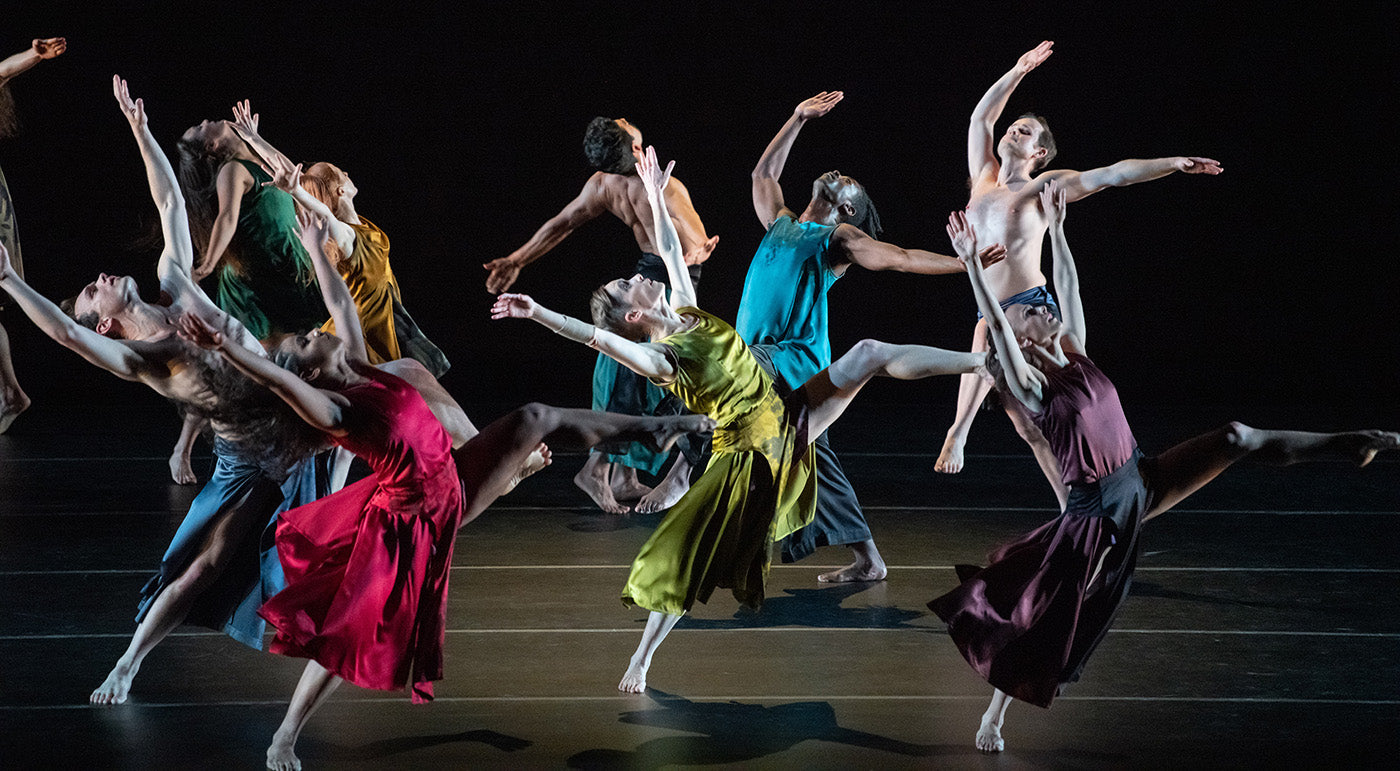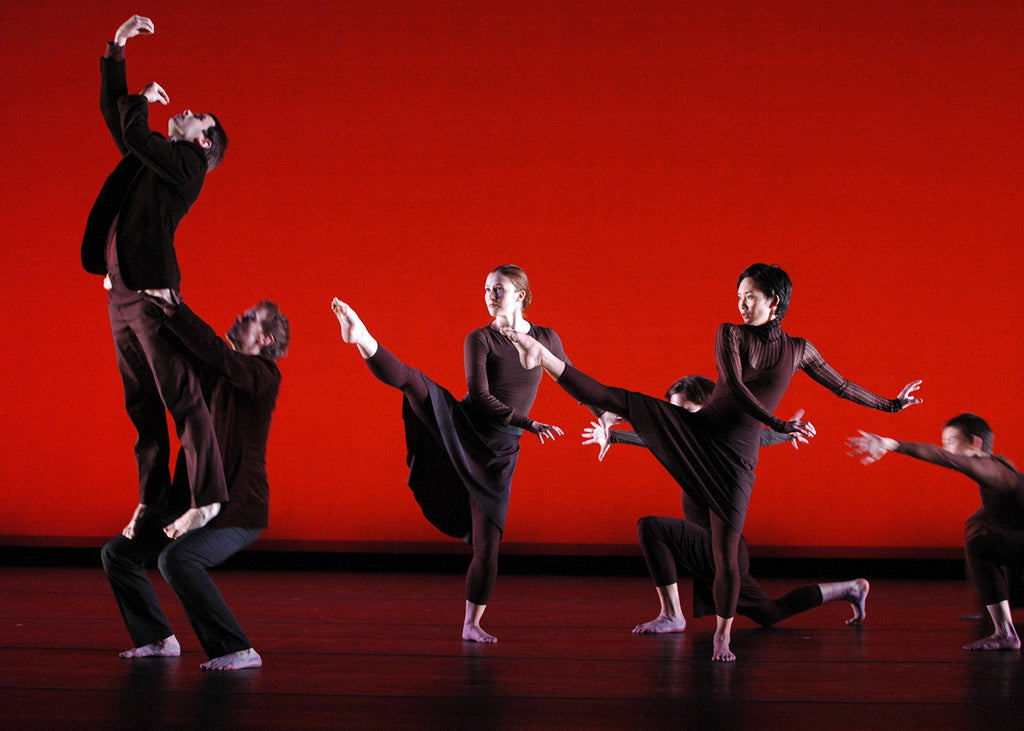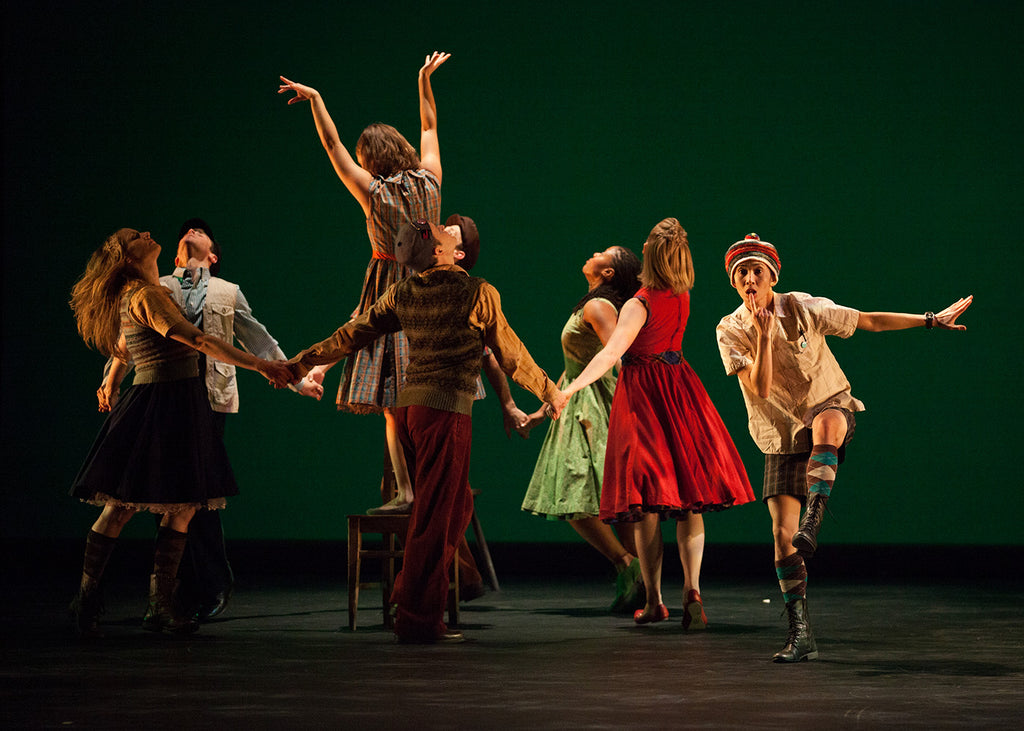Mishima’s Muse
Japan Society’s Yukio Mishima centennial series culminated with “Mishima’s Muse – Noh Theater,” which was actually three programs of traditional noh works that Japanese author Yukio Mishima adapted into modern plays.
Continue Reading
World-class review of ballet and dance.
When Mark Morris Dance Group comes to the Joyce Theater August 1-12, the two-week engagement will be one for the dance history books. In a seemingly long overdue convergence, particularly given the longevity of both organizations, the company will make their debut at one of New York City’s most popular dance venues.




Japan Society’s Yukio Mishima centennial series culminated with “Mishima’s Muse – Noh Theater,” which was actually three programs of traditional noh works that Japanese author Yukio Mishima adapted into modern plays.
Continue ReadingThroughout the year, our critics attend hundreds of dance performances, whether onsite, outdoors, or on the proscenium stage, around the world.
Continue ReadingOn December 11th, the Alvin Ailey American Dance Theater presented two premieres and two dances that had premiered just a week prior.
Continue ReadingThe “Contrastes” evening is one of the Paris Opéra Ballet’s increasingly frequent ventures into non-classical choreographic territory.
Continue Reading
I saw the show last night at the Joyce. It was fabulous. It will be so wonderful to see these dances, and to see them again. I agree, I must see them at least twice (and really, more than that, but it takes time) to appreciate them fully.